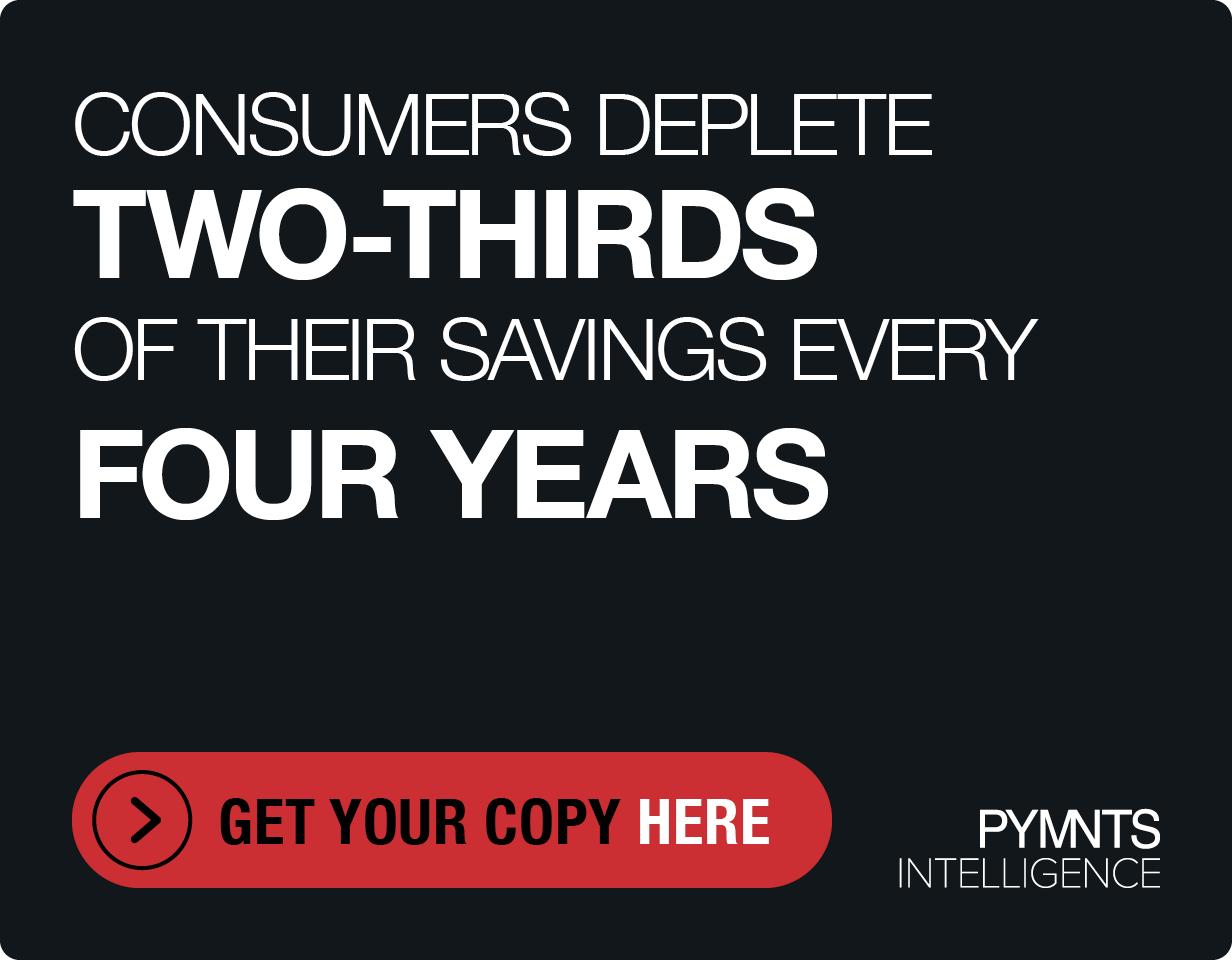Braintree Marks Five Years With PayPal, Talks Of Next-Phase Mobile Transformation

The past is prologue, right? What has happened before sets the stage. Some famous English writer in the olden days wrote something along those lines.
In the case of mobile payments and commerce, the last five years in the history of Braintree —since it was bought by PayPal — serves as a look not only at the growth of mobile checkout and transactions, but a glimpse into the future of that vital channel.
We at PYMNTS don’t exactly have a crystal ball, but we do have data and sources — among them Braintree General Manager Juan Benitez, who recently talked with Karen Webster about the payment service provider’s milestones since its acquisition by PayPal five years ago.
Braintree Growth
The main data point? Since that acquisition, Braintree has processed more than $500 billion worth of transactions. This year alone, six billion transactions have passed through its platform. And in 2017, its revenue increased 54 percent year over year, as further explained in a fresh Braintree blog post from Benitez.
It was only three years ago that Braintree achieved $50 billion in payments volume — underscoring the company’s rapid growth, he observed.
A big driver of that growth, Benitez told Webster, is the diversity of companies and brands that use the Braintree platform, a group that includes BP, KFC, Live Nation/Ticketmaster, TripAdvisor Experiences and Acer. And there are insurance companies in the mix as well, including Avant and MSIG. As well, Braintree has provided Venmo-enabled payments to the likes of Uber, Grubhub and New Era. That customer mix, relatively rich, stands as part of the foundation of the company as its anticipates more benefits coming from the PayPal network and client mix.
“We have high-flying, cutting-edge innovators in our platform, and also customers still trying to find their way through the transformations” being sparked and facilitated by mobile technology, Benitez noted.
Connective Tissue
Braintree is obviously part of the mobile ecosystem.
But maybe instead of using ecosystem as the metaphor — at least for purposes of the Braintree milestones, and what will come in 2019 — perhaps a better one can be found. Braintree is not just a processor, as Benitez pointed out during the PYMNTS interview, but more of a mobile payments enabler that delivers not just payments processing services, but also new customers to businesses and merchants by connecting them to PayPal and Venmo’s two-sided platforms. “We bring merchants orders,” he told Webster.
By example, Benitez cited the Braintree Extend service, which makes it possible for merchants to extend their reach into other ecosystems and environments and to share payments data in a secure, compliant way. Those ecosystems and environments might include new content and contextual platforms where consumers are looking for things to buy, or where merchants want to partner with a third party to bolster their back-office operations, such as security.
The ideal? “Stronger, richer engagement” for those who use the Braintree platform, Benitez said, getting to that new metaphor for 2019. “We are going to build that connective tissue” for mobile commerce and payments, the tissue that encourages seamless transactions, he noted.
In other words, five years in, it’s no longer so much about developing the mobile ecosystem, but taking the opportunity to transform it.
